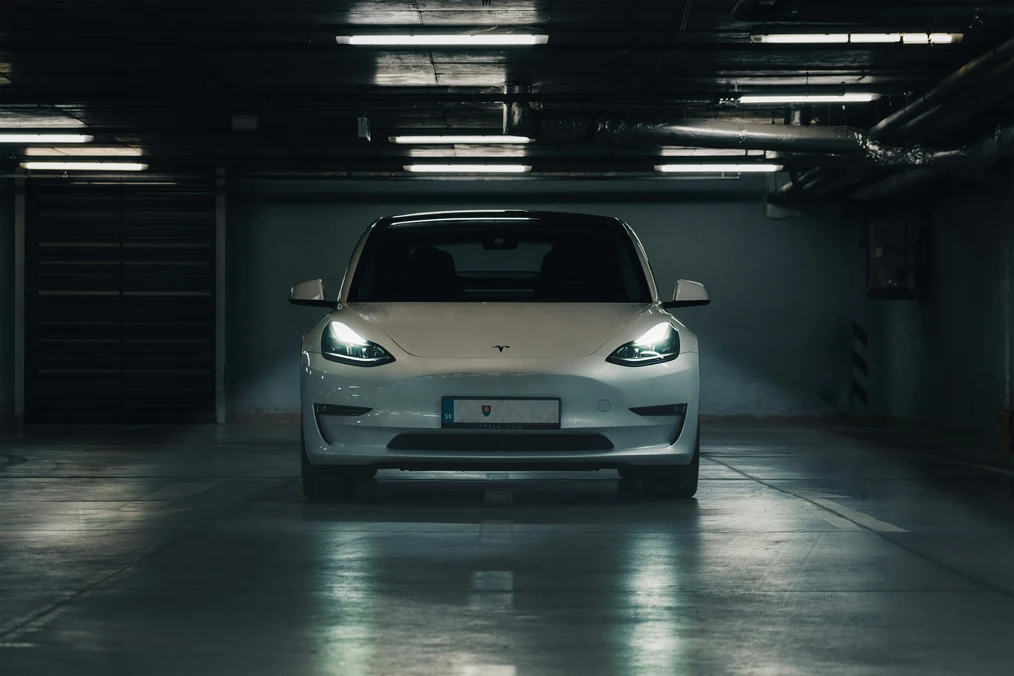The electric revolution is no longer just about the vehicle — it’s about the journey.
AI navigation ecosystems are reshaping how electric vehicles (EVs) move through the world. These intelligent systems go far beyond GPS; they think like drivers, anticipate traffic patterns, weather, and even charging behavior.
As Tesla, Google, and emerging players like HERE Technologies launch adaptive navigation AIs, the car is no longer a tool — it’s an intelligent travel companion that plans, learns, and evolves with every mile.
This isn’t just the future of driving. It’s the beginning of a connected mobility era where every trip is optimized in real time — for speed, safety, and sustainability.
What Changed: From Static Maps to Adaptive Ecosystems
Traditional navigation relied on fixed routes and periodic updates. AI navigation ecosystems redefine this entirely — creating self-learning mobility networks.

Using massive datasets from connected vehicles, satellite feeds, and local infrastructure sensors, AI systems now simulate road conditions before you ever drive them.
Key innovations include:
- Tesla RouteSense AI — predicts charging stops and adjusts based on weather, traffic, and terrain.
- Google Gemini Drive — merges Maps and Gemini intelligence to personalize driving behavior and route goals.
- HERE AI Navigator — collaborates with EV manufacturers to optimize battery use and regenerative braking.
The shift isn’t about smarter maps — it’s about thinking routes.
Why It Matters: The Dawn of Intelligent Mobility
1. Predictive Travel Efficiency
AI navigation models forecast congestion, wind resistance, and elevation — optimizing every mile for energy use.
2. Battery-Optimized Routes
Instead of just distance, AI calculates real-time energy expenditure, balancing range with speed and terrain.
3. Environmental Awareness
AI integrates carbon offset data, steering vehicles toward eco-efficient routes and renewable-powered charging stations.
4. Personalized Driving Patterns
AI remembers how you drive — your acceleration habits, comfort preferences, and travel times — tailoring every route dynamically.
5. Multi-Vehicle Coordination
Fleet systems synchronize across entire networks, reducing collective traffic load through cooperative route distribution.
Mobility becomes adaptive, intuitive, and sustainable by design.
The Technology Powering AI Navigation Ecosystems
1. Multi-Agent Route Optimization (MARO)
Multiple AIs collaborate — analyzing millions of live data points to recommend routes that balance energy, safety, and time.
2. Edge Computing Integration
Navigation decisions now happen within milliseconds, processed locally in-car for instant adaptation.
3. Neural Spatial Mapping
AI continuously refines maps using sensor data from vehicles, drones, and satellites — understanding terrain beyond human-visible detail.
4. Behavioral Driving Models
Machine learning analyzes driver behavior, predicting fatigue or distraction to recommend rest breaks or scenic detours.
5. Quantum Pathfinding (Emerging)
Next-gen systems under development use quantum algorithms to simulate millions of possible paths simultaneously for near-perfect optimization.
These technologies redefine “turn-by-turn” navigation into continuous, situational intelligence.

Real-World Examples of AI Navigation in Action
Tesla RouteSense AI (2025)
Predicts real-time range consumption, factors in weather resistance, and reroutes dynamically to optimize charging and energy balance.
Google Gemini Drive
Pairs Gemini’s reasoning model with Maps — learning user intent (commute, leisure, delivery) and adapting routes accordingly.
HERE AI Navigator
Works with EV makers to map renewable charging points and generate the lowest carbon-impact path possible.
Mercedes MBUX Live Flow
Uses ambient AI to adapt routes for emotion — adjusting music, climate, and road suggestions based on driver mood.
Wayve Autonomy Network
Combines autonomous driving and adaptive routing for delivery fleets, optimizing hundreds of vehicles collaboratively.
The road ahead is no longer linear — it’s intelligent and alive.
Ethical and Design Considerations
1. Data Transparency
Drivers must understand how their navigation data is collected, used, and anonymized across systems.
2. Algorithmic Fairness
AI must avoid route bias — ensuring equitable recommendations for different regions and infrastructure quality.
3. Privacy & Control
In-car processing ensures personal location data remains private and never transmitted without consent.
4. Environmental Accountability
AI should prioritize sustainability not just for convenience, but as an integrated ethical principle.
The future of mobility requires AI that protects both people and the planet.
Step-by-Step: How AI Route Optimization Works
| Step | Process | Function |
|---|---|---|
| 1 | Data gathering from vehicles, satellites, and weather systems | Builds environmental awareness |
| 2 | AI analyzes real-time conditions | Predicts efficiency and obstacles |
| 3 | Personal driving data integration | Tailors comfort and route preferences |
| 4 | Continuous recalibration | Adjusts to new conditions every few seconds |
| 5 | Predictive charging and destination optimization | Ensures sustainability and convenience |
AI doesn’t just guide your journey — it learns it.
The Future: From Navigation to Cognitive Travel
By 2026, AI navigation ecosystems will evolve into Cognitive Mobility Systems — networks that think, adapt, and negotiate routes across millions of vehicles simultaneously.
Imagine this: your EV collaborates with nearby cars to balance traffic, shares predictive data with smart cities, and even plans scenic routes that recharge you as well as your battery.
Autonomous mobility will no longer be about driving hands-free — it’ll be about traveling intelligently.
Soon, maps won’t be apps. They’ll be conversations.

FAQs & Key Takeaways
Q: What are AI navigation ecosystems?
They are intelligent route systems that use real-time data and AI reasoning to optimize travel, safety, and sustainability.
Q: How do they help EV drivers?
They manage energy consumption, predict charging needs, and plan routes for efficiency and comfort.
Q: Do they work offline?
Yes. Edge AI enables decision-making even without internet connectivity.
Q: Are these systems environmentally friendly?
Absolutely. They actively minimize carbon footprint by selecting energy-efficient paths.
Q: Will AI replace human navigation choices?
No — it enhances them, offering insight and safety while letting drivers retain control.
Key takeaway: AI navigation ecosystems have turned driving into dynamic collaboration — where technology, energy, and human intent move in harmony.
At Designs24hr, we believe every innovation in AI and design brings us closer to a world that thinks, learns, and evolves with us.
If this article helped you learn something new or changed how you think about technology and creativity, share it — and tell us your experience in the comments.
Whenever you want to discover something new, explore the latest trends, or understand how AI is shaping design and daily living, visit Designs24hr.com — where intelligence meets imagination.
#Designs24hr #AIDesign #OnTheRoad #AINavigation #EVTechnology #SmartMobility #RouteOptimization #AIInnovation #FutureOfDriving #SmartLiving #DesignTrends #AIandDesign #SustainableTravel #ElectricVehicles
Enjoyed this read?
Visit the On the Road category on Designs24hr and explore how AI is transforming travel, mobility, and the future of intelligent driving.







